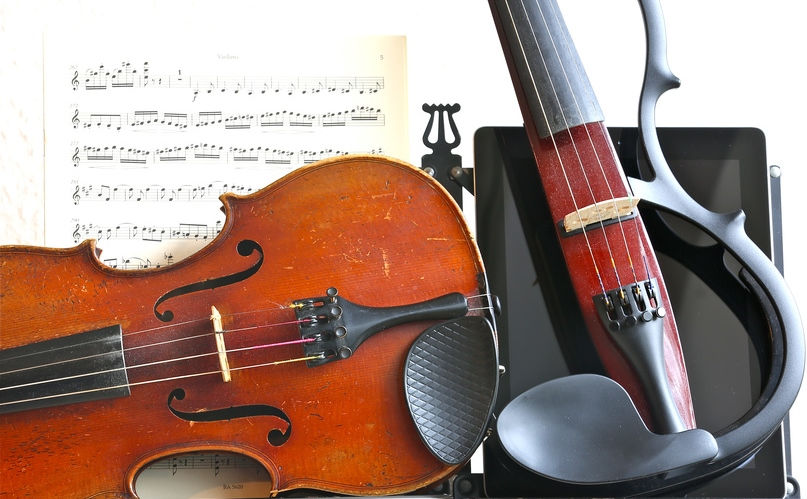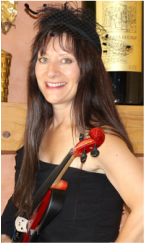|
The first question new beginners ask is ‘what do I need to get started’. Well, of course the most obvious is you need a violin and a bow, but there are a few more details you may want to know.
Basic Equipment Violin: If you are a beginner, you won’t need a fancy violin to start with. I recommend to spend at least a few hundred dollars for a decent violin. If you buy a really cheap violin it may constantly slip out of tune or even crack. When ordering a violin on-line, be sure to know the size you are buying: 1/8, 1/4, half size ½ or full size 4/4. If you are 10 years or older, you will most likely need a full size 4/4 violin. If you live by a music store, it is best to make that your first stop. They will have everything you need there and you can try out several violins in your price range. Bow: Typically, your violin will already come with a bow, but if it doesn’t, be aware that there is a big price range to choose from just like your violin. Make sure that the bow hair is clean (without black marks or yellowing) otherwise you will need to get the bow re-haired to produce a solid sound. Bows also come in different weights. For beginners it is best to lean toward a heavier bow for a more stable bowing motion. It is best to get your bow re-haired about every 6 months or once a year if you don’t play that often. Case: I highly recommend a new case over a used case. Many used cases have a musty or moldy smell and the odor may permeate into the violin. When shopping for a case, make sure it’s sturdy and has several compartments to store you rosin, shoulder rest, tuner, extra strings, pencils or anything else you may need. Rosin: Rosin is made of tree pitch and is what helps the bow grip the strings and make sound. There are many brands and types to choose from but if you stay in the $8 to $10 range you will have a decent quality rosin. Shoulder Rest: I could write an e-book just on shoulder rests, hey maybe I will! Shoulder rests are a very personal choice and depends a lot on your body size (neck length, shoulder spread, etc.). Some violin teachers believe shoulder rests should not be used, but you should be the judge and try out a few for size. It is best to try out as many different shoulder rest models as you can. It takes a while to find one that is the perfect fit. I have gone through at least 6 different model types throughout the years. Currently, my favorite is the Wolf Forte Secondo model because it’s fully adjustable. Extra Set of Strings: It’s always a good idea to have an extra set of strings on hand. My favorites are Dominant (Thomastik Infeld) for acoustic violins and for electric violins, D'Addario Electric Violin Strings. “Basic Equipment Needs for Beginning Violin Students” author: Suzy, violinist and founder of Vogue Violin www.vogueviolin.com
0 Comments
|


